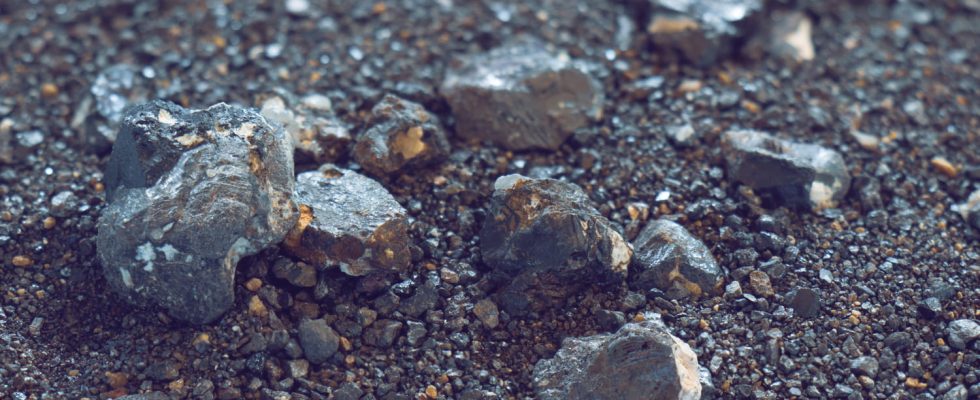You probably didn’t know: thousands of meteorites crash onto Earth every year, and the roofs of houses also collect very surprising amounts of dust.
The figure is enough to make you shudder: according to NASA, around 84,000 meteorites crash onto Earth every year, or more than 230 per day on average. One of the largest was discovered in January by a team of international scientists in Antarctica. A 7.6 kg block fell – fortunately – in the middle of the ice. But luck is not always there. In 2013, a meteor shower left nearly 1,000 people injured in the Russian region of Chelyabinsk, after a 10,000-ton block disintegrated above the Urals.
France is not spared: in 2011 a house was struck in Dreil, near Paris. More recently, last July, a woman was even struck by a fragment the size of a stone in Schirmeck, in Alsace, while she was on her terrace. She would have heard a loud “boom” on the roof of her house a few fractions of a second earlier, reported the local press.
If these tens of thousands of meteorite falls regularly make the headlines, a large majority of them are theoretically destroyed upon entering the atmosphere. They weigh only a few grams, or are even reduced to dust when they fall from the sky. This unsuspected extraterrestrial material is sometimes so small that you could get it on your clothes. But it is mainly on the roofs of houses that we find it and that certain scientists are rushing to collect and study it. Don’t expect to see it so easily though, it is very difficult to distinguish from dirt.
Roofs inspected
100 billion particles of cosmic or interplanetary dust land on our planet each year according to scientists, or 5,200 tonnes according to the most precise data put forward in an article by Earth & Planetary Science Letters. This corresponds to “a few dozen grains per meter per year”, but remains “by far the main source of extraterrestrial matter which falls on Earth”, underlines cosmochemist Jean Duprat to the media The duty.
This French researcher himself collected dust from space and led expeditions to Antarctica for this purpose. The ice continent being “one of the cleanest places in the world to find alien dust.” One of his counterparts, Penny Wozniakiewicz, doctor in physics and astronomy at the University of Kent, for her part scanned the roofs of the city of London to collect the precious debris.
The study of these meteorites made it possible to determine that 80% of them come from comets “composed essentially of ice and dust” and 20% from asteroids “orbiting between Mars and Jupiter”, reports doctoral student Julien Rojas. A different spatial origin, partly recognizable by the appearance of the particles: cometary micrometeorites which arrive at higher speed are more often black because they are burned upon entering the atmosphere, while asteroidal particles, which arrive less quickly, have time to melt and freeze, taking the shape of a ball.
If these micrometeorites fascinate researchers so much, it is because they “have existed since the beginning of the formation of the Earth”. These particles are therefore “very interesting for understanding how life emerged” according to Jean Duprat. Composed of magnesium, silicon, aluminum and iron, they also contain carbon compounds and water. Two elements brought by cosmic dust which are “essential to life [et] were therefore able to contribute to the emergence of it on Earth” analyzes the cosmochemist. What progress in the mystery of life on Earth?
